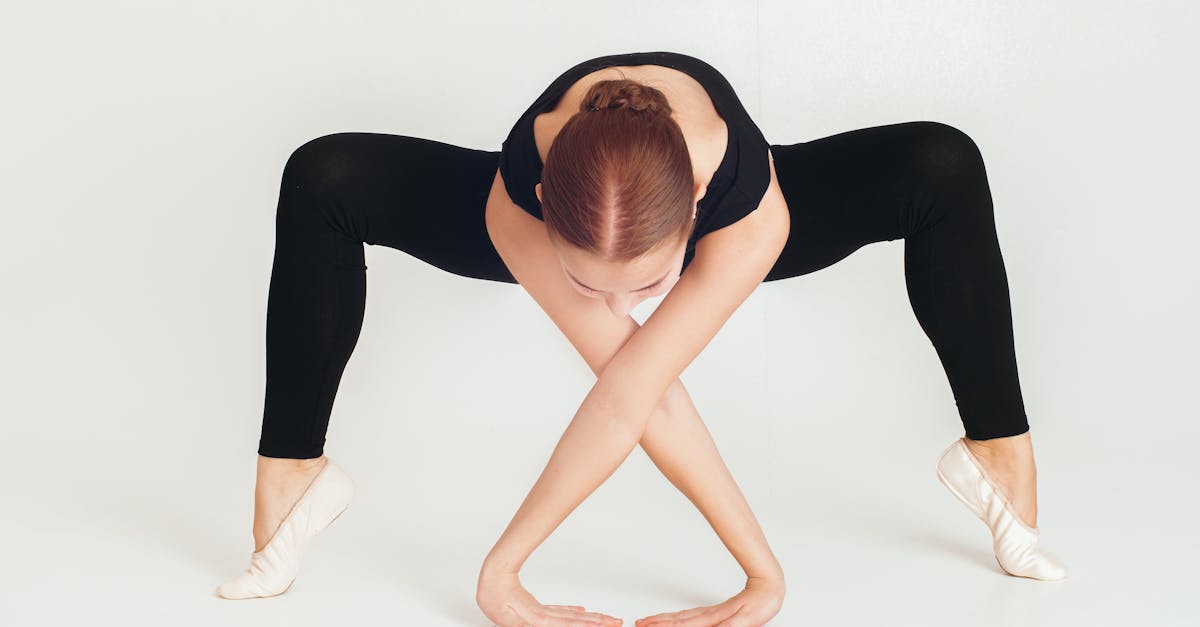Exercises to Avoid with Hip Flexor Strain: Safe Techniques for Recovery
Navigating Recovery: A Comprehensive Guide to Hip Flexor Strain Management

Protecting Your Hips: The Ultimate Guide to Safe Exercises Post Hip Flexor Strain
Hip flexor strains are all too common among athletes and fitness enthusiasts alike. While rest is crucial for recovery, knowing which exercises to avoid and which alternatives to embrace is equally important. This comprehensive guide will provide you with the essential knowledge to navigate your rehabilitation journey safely and effectively, ensuring a strong and pain-free return to your active lifestyle.
Avoiding certain exercises during hip flexor strain recovery is paramount to prevent further injury and promote healing. Common culprits include exercises that involve excessive hip flexion, such as deep squats, lunges, and high knees. Understanding the symptoms associated with hip flexor strain is also crucial for timely diagnosis and appropriate treatment.
1. Identifying Hip Flexor Strain Symptoms
Recognizing the signs and symptoms associated with hip flexor strain is crucial for ensuring prompt diagnosis and appropriate treatment, expediting your recovery and preventing further injury. Common symptoms include:
- Sudden onset of pain in the front of the hip or groin area
- Tenderness or stiffness in the hip flexor muscles
- Difficulty performing activities that involve hip flexion, such as walking, running, or climbing stairs
- Pain that worsens with prolonged sitting or standing
- Numbness or tingling in the thigh or groin area
Understanding these symptoms enables you to seek timely medical attention, allowing healthcare professionals to accurately diagnose your condition and develop an effective treatment plan. Early intervention is key to minimizing pain, preventing complications, and ensuring a smooth recovery.
2. Exercises to Steer Clear Of During Recovery

During the recovery phase of a hip flexor strain, it’s essential to steer clear of exercises that can exacerbate the condition and hinder healing. Here are some specific exercises to avoid:
- Deep squats: This exercise puts excessive stress on the hip flexor muscles, potentially worsening the strain.
- Lunges: Lunges involve deep hip flexion, which can strain the injured muscles and delay recovery.
- High knees: This exercise requires repetitive hip flexion, which can irritate the injured area and impede healing.
- Running: Running puts significant load on the hip flexors, especially during the initial stages of recovery, and should be avoided until the strain has significantly improved.
- Cycling: Cycling can also strain the hip flexors, particularly if the seat is too low or the resistance is too high.
Avoiding these exercises during recovery is crucial to allow the injured muscles to heal and regain strength. Prematurely engaging in these activities can prolong the recovery process and increase the risk of re-injury.
3. Safe and Effective Alternatives
While certain exercises should be avoided during hip flexor strain recovery, there are plenty of safe and effective alternatives that can promote flexibility, strength, and healing without causing further strain. Here are some options to consider:
- Static stretching: Static stretching involves holding a stretch for an extended period, typically 30 seconds or more. This helps improve hip flexor flexibility and range of motion, aiding in the recovery process.
- Dynamic stretching: Dynamic stretching involves moving the body through a range of motions, gradually increasing the range as the muscles warm up. This type of stretching can help prepare the hip flexors for activity and reduce the risk of re-injury.
- Isometric exercises: Isometric exercises involve contracting a muscle without moving the joint. This can help strengthen the hip flexors without putting excessive strain on the injured area.
- Swimming: Swimming is a low-impact activity that can provide a safe and effective way to maintain cardiovascular fitness and strengthen the hip flexors without straining them.
- Cycling (modified): Cycling can be modified to accommodate hip flexor strain recovery by using a higher seat position and lower resistance. This reduces the load on the hip flexors while still allowing for some activity.
Incorporating these safe and effective alternatives into your rehabilitation plan can help accelerate recovery, improve flexibility and strength, and prevent setbacks.
4. Stretching Techniques for Healing

Incorporating targeted stretching exercises into your hip flexor strain recovery routine is crucial for improving flexibility, range of motion, and overall healing. Here are some effective stretching techniques to consider:
- Quadriceps stretch: Stand with your feet hip-width apart and bend your right knee, bringing your heel towards your buttocks. Hold your right foot with your right hand and gently pull your heel closer to your buttocks, feeling the stretch in your quadriceps and hip flexors. Hold for 30 seconds and repeat with the left leg.
- Hamstring stretch: Sit on the floor with your legs extended straight out in front of you. Reach forward and try to touch your toes, keeping your back straight and your knees slightly bent. Hold for 30 seconds and repeat.
- Calf stretch: Stand facing a wall or other stable object. Place one leg straight back, with your heel on the floor and your toes pointed forward. Bend your front knee and lean into the stretch until you feel it in your calf and Achilles tendon. Hold for 30 seconds and repeat with the other leg.
- IT band stretch: Stand with your feet hip-width apart and cross your right leg over your left, placing your right foot just below your left knee. Bend your left knee slightly and lean to the right, reaching your left arm overhead. Hold for 30 seconds and repeat with the other leg.
Regularly performing these stretches can help improve hip flexor flexibility and range of motion, reducing pain and stiffness, and promoting faster recovery.
5. Strengthening Exercises for a Strong Return
As your hip flexor strain heals, gradually introducing strengthening exercises into your rehabilitation plan is essential for restoring strength, preventing future injuries, and ensuring a strong return to your activities. Here are some effective strengthening exercises to consider:
- Hip flexor isometric hold: Lie on your back with your knees bent and feet flat on the floor. Lift your right leg off the ground, keeping your knee bent at 90 degrees. Hold for 5 seconds and lower your leg. Repeat with the left leg. Gradually increase the hold time as you get stronger.
- Leg extensions: Sit on the edge of a chair with your feet flat on the floor. Lift your right leg straight up, keeping your knee straight. Hold for 5 seconds and lower your leg. Repeat with the left leg. Gradually increase the hold time and resistance by using ankle weights or a resistance band.
- Squats: Stand with your feet shoulder-width apart and lower your body by bending your knees and hips, as if sitting back into a chair. Keep your chest up and your knees aligned with your toes. Return to the starting position and repeat. Start with a few repetitions and gradually increase the number as you get stronger.
- Lunges: Step forward with your right leg and bend both knees, lowering your body until your right thigh is parallel to the floor. Keep your left knee aligned with your ankle and your chest up. Return to the starting position and repeat with the left leg. Gradually increase the depth of the lunges as you get stronger.
Performing these strengthening exercises regularly can help restore hip flexor strength, improve stability, and reduce the risk of re-injury, ensuring a successful return to your desired activities.
Hip Flexor Strain Recovery Quiz
1. Which of the following is a common symptom of hip flexor strain? (a) Sudden onset of pain in the front of the hip or groin area (b) Numbness or tingling in the knee (c) Difficulty walking (d) Redness and swelling
2. Which of the following exercises should be avoided during hip flexor strain recovery? (a) Static stretching (b) Swimming (c) Deep squats (d) Hamstring stretch
3. Which of the following stretching techniques can help improve hip flexor flexibility? (a) Quadriceps stretch (b) Calf stretch (c) IT band stretch (d) All of the above
4. True or False: Strengthening exercises should be introduced into the rehabilitation plan immediately after a hip flexor strain. (a) True (b) False
5. Which of the following is a benefit of performing strengthening exercises during hip flexor strain recovery? (a) Restores hip flexor strength (b) Prevents future injuries (c) Improves stability (d) All of the above
Answer Key:
- (a)
- (c)
- (d)
- (b)
- (d)
